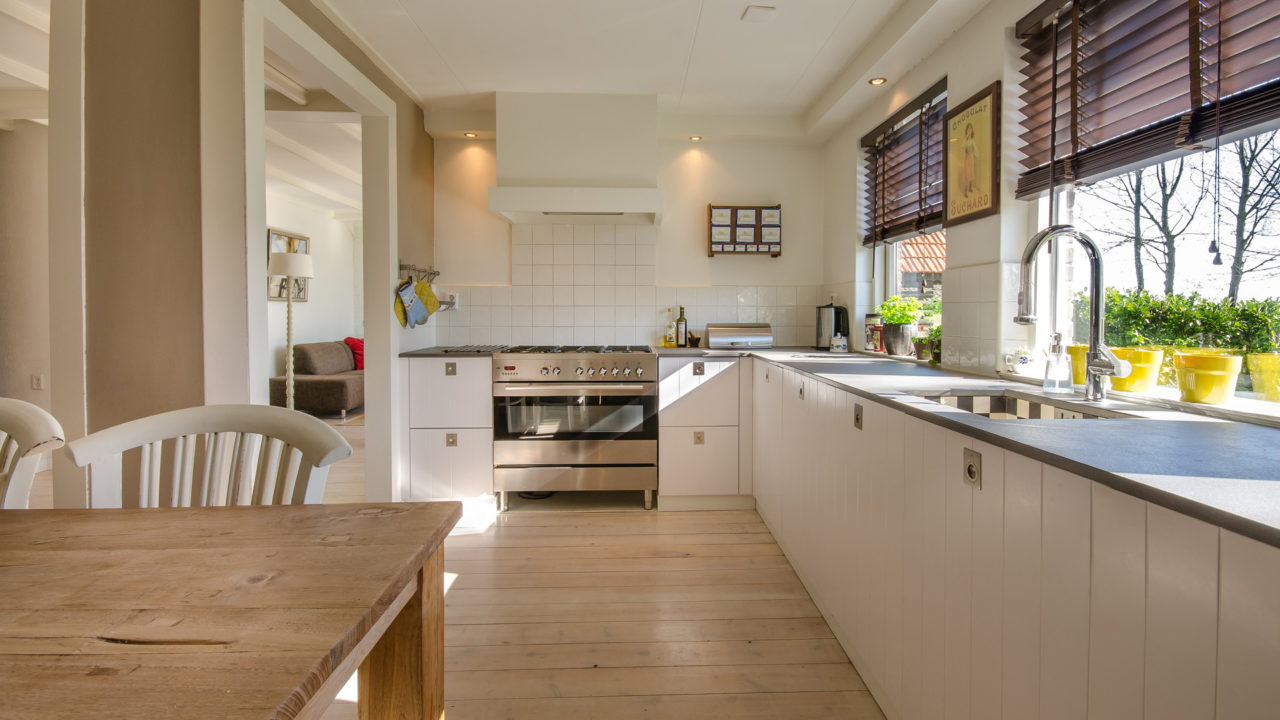
To choose the right home for you, you have to compare the possibilities there are on the market, examine the property’s physical features and ascertain the property’s legal situation.
Your first steps must be to see what you can get for your money, decide what sort of lifestyle you would like in Spain, and where.
Examine the property’s physical features.
To do this, look it over, see if it lives up to its claims in terms of the quality of its materials, the condition of its installed equipment, its general upkeep, the amount of light it gets, the views, the neighbourhood, the noise level, access to transport, and so on. If anything seems wrong, do not hesitate to let the seller or the agent who is showing you around know. If their explanations do not satisfy you, have a professional, such as an architect or a quantity surveyor, go with you.
Examine the legal situation of the home.
- Who it belongs to, and therefore who its owner or owners are.
- If there are any liens or burdens, such as mortgages or injunctions affecting the property.
- If there are lessees or tenants.
- If the home is part of some special programme, like lowincome housing (viviendas de protección oficial).
- In cases where the home is a flat and membership in the building tenants’ association is mandatory, whether all association dues have been paid.
- If the owner owes any property tax (impuesto sobre bienes inmuebles, formerly called contribución urbana).
- In cases where the home is new or is still under construction, whether the promoter has insurance covering damage caused by structural defects in the building.
- In cases of low-income housing or pricecontrolled housing (vivienda de precio tasado), whether it is prohibited to sell the home or whether the public administration holds the right to buy the home back from its owner at the original price.
To find these things out, go to the Property Registry (Registro de la Propiedad) where the home is registered and request an Uncertified Note or an Certificate of ownership and burdens. You can also ask the registrar for a written report on the property’s registered situation. You can apply for the information yourself or have the seller, estate agency or an administrative agent do it for you. At all events, get the information from the registry before you hand over any money or sign any agreements.
At all events, bear in mind that legislation on the protection of personal information may limit what registration information can be given to you. In addition to checking up on the facts at the Property Registry, you must always have the seller provide certain complementary documentation:
- An authorised copy of the seller’s deed of purchase, if you are looking to buy a secondhand home.
- A tax receipt proving that the seller has paid the latest property tax.
- A certificate from the president or secretary of the building tenants’ association, attesting that the home you want to buy does not owe the association any dues.
- A formal statement, in a deed, declaring that there are no leases on the home you want to buy.
Source. How to buy a home in Spain


